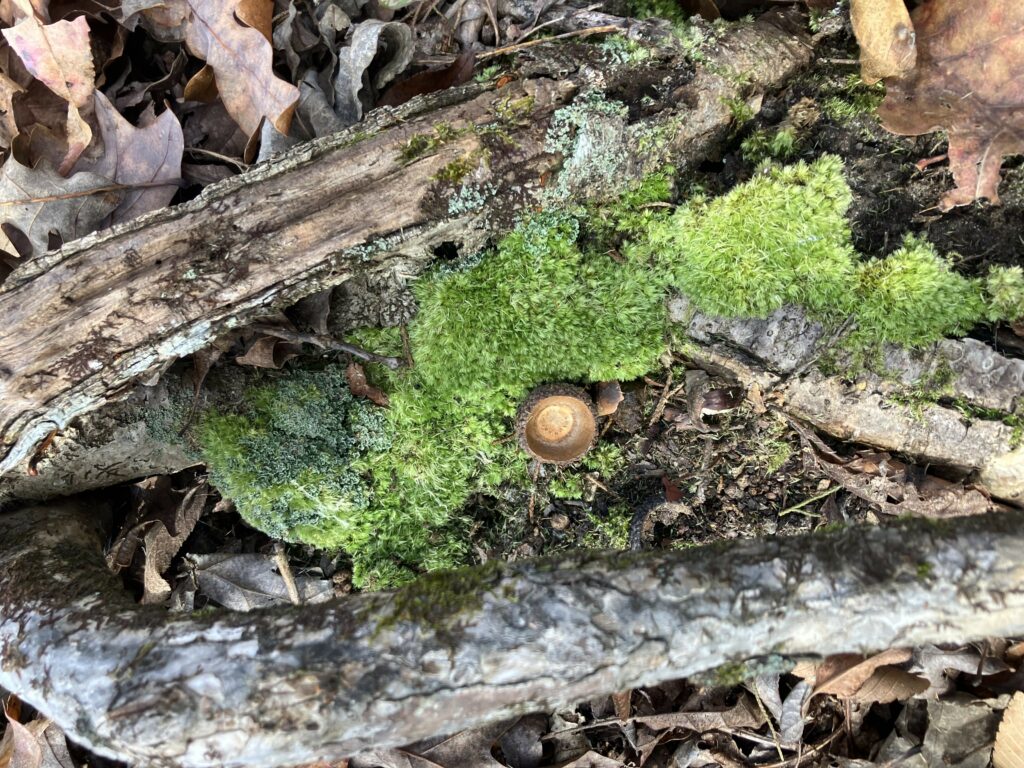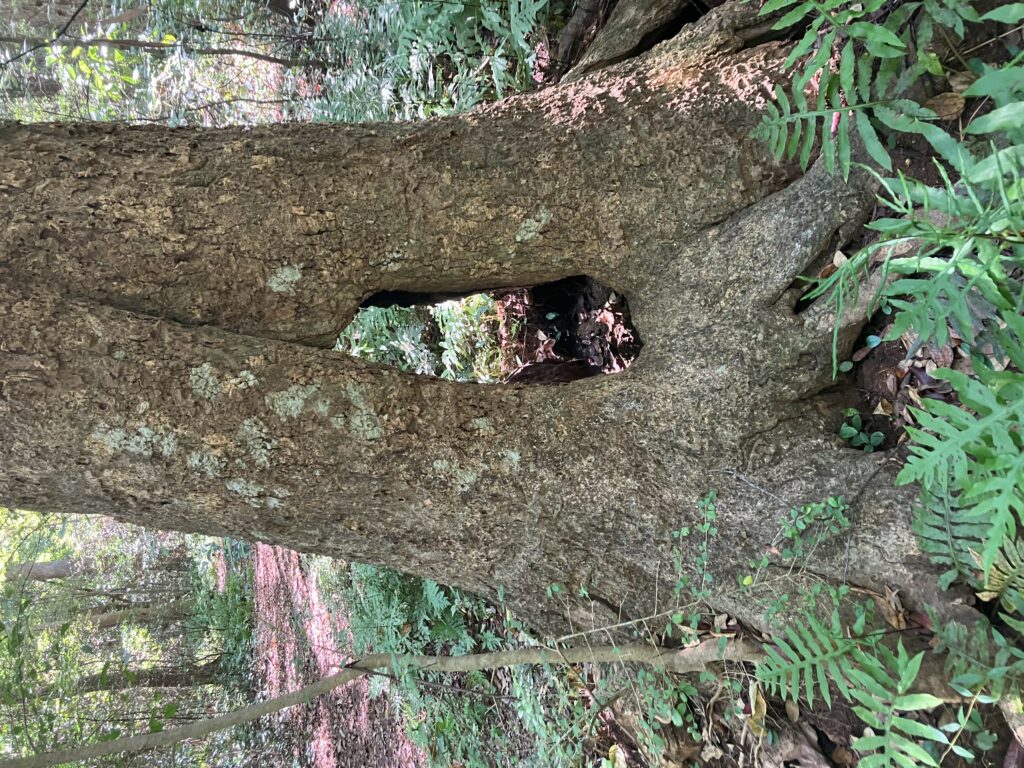Finding Restoration on Local Trails
go.ncsu.edu/readext?1105577
en Español / em Português
El inglés es el idioma de control de esta página. En la medida en que haya algún conflicto entre la traducción al inglés y la traducción, el inglés prevalece.
Al hacer clic en el enlace de traducción se activa un servicio de traducción gratuito para convertir la página al español. Al igual que con cualquier traducción por Internet, la conversión no es sensible al contexto y puede que no traduzca el texto en su significado original. NC State Extension no garantiza la exactitud del texto traducido. Por favor, tenga en cuenta que algunas aplicaciones y/o servicios pueden no funcionar como se espera cuando se traducen.
Português
Inglês é o idioma de controle desta página. Na medida que haja algum conflito entre o texto original em Inglês e a tradução, o Inglês prevalece.
Ao clicar no link de tradução, um serviço gratuito de tradução será ativado para converter a página para o Português. Como em qualquer tradução pela internet, a conversão não é sensivel ao contexto e pode não ocorrer a tradução para o significado orginal. O serviço de Extensão da Carolina do Norte (NC State Extension) não garante a exatidão do texto traduzido. Por favor, observe que algumas funções ou serviços podem não funcionar como esperado após a tradução.
English
English is the controlling language of this page. To the extent there is any conflict between the English text and the translation, English controls.
Clicking on the translation link activates a free translation service to convert the page to Spanish. As with any Internet translation, the conversion is not context-sensitive and may not translate the text to its original meaning. NC State Extension does not guarantee the accuracy of the translated text. Please note that some applications and/or services may not function as expected when translated.
Collapse ▲As the last traces of Thanksgiving leftovers disappear, November offers a perfect invitation – step outside. With picture-perfect fall weather settling over our region, it’s an ideal time to capitalize on the powerful, dual benefits of movement and nature in Coastal Carolina.
Our unique blend of riverine and coastal ecosystems, featuring beautiful native oaks and longleaf pines, provides the perfect backdrop for a restorative activity, the intentional walk.

While a walk on a busy sidewalk offers good physical exercise, moving onto a nature trail adds restorative mental benefits. To truly make the most of your time, walk with intention. This means cultivating proper body alignment and focus as you move. Stand tall and align your head, shoulders, and hips, look ahead, not down at your feet, keep your arms loose and allow them to swing naturally, allow your knees to bend and your ankles to move; do not lock your knees, keep your feet hip-width apart, pointing straight ahead, not inward or outward, and use short steps that stay under your center of gravity.
When you first practice this form, it may feel new or strange, but with focused adjustment, your body will respond. This intentional focus gently improves joint mobility and allows you to move without strain, making your walk feel lighter and steadier.
 The physical benefits of exercise are amplified when you choose a wooded trail. Forests release beneficial organic compounds called phytoncides, the essential oils of trees. Breathing in these compounds helps our bodies lower stress hormones, reduce inflammation and glucose levels, and even aid sleep while improving skin condition. An intentional walk through the woods truly is a full-body healing practice.
The physical benefits of exercise are amplified when you choose a wooded trail. Forests release beneficial organic compounds called phytoncides, the essential oils of trees. Breathing in these compounds helps our bodies lower stress hormones, reduce inflammation and glucose levels, and even aid sleep while improving skin condition. An intentional walk through the woods truly is a full-body healing practice.
Intentional walks are completely adaptable to your schedule. Here are a few important tips before you begin. Go at your own pace. If you are new to a routine, start small with 10 to 15-minute walks daily and increase your time as your stamina improves. Never push beyond pain. Walking should feel comfortable. If you feel discomfort, stop, rest, and try again later. Seek medical advice if you experience pain or shortness of breath.
You don’t have to drive far to find a restorative escape. Wilmington and the surrounding areas offer several easy-to-access urban trails that give you the feeling of being out in the woods. Suggestions include, Longleaf Park Trail (also accessible from the Senior Center), Bluethenthal Wildflower Preserve, Airlie Gardens, Halyburton Park, Brunswick Riverwalk at Belville, Greenfield Lake, Brunswick Nature Park, Carolina Beach State Park, Abbey Nature Preserve, Green Swamp Preserve, Smith Creek Park and Castle Hayne Park.
 Putting on your shoes and heading out for an intentional walk puts you in charge of your wellness. Take a short break from the busy holiday bustle, breathe the fresh air, and reap the healthy rewards our local nature has to offer.
Putting on your shoes and heading out for an intentional walk puts you in charge of your wellness. Take a short break from the busy holiday bustle, breathe the fresh air, and reap the healthy rewards our local nature has to offer.
Heather Kekejian serves as the Therapeutic Horticulture Agent at the N.C. Cooperative Extension, New Hanover County Center and Arboretum, located at 6206 Oleander Drive, Wilmington. For more information, contact Heather Kelejian, Therapeutic Horticulture Agent, at hlkeleji@ncsu.edu or 910-798-7660.




